Chapter Six – Comprehending Oral Messages – English Form Two
Introduction
Most communication in academic and non-academic settings occurs orally. Therefore, understanding spoken language is vital for everyday interactions, as it enables you to engage in conversations, respond appropriately and express your thoughts clearly. This chapter aims to enhance your ability to comprehend messages, synthesise ideas, summarise information and participate in contextualised oral conversations. The competencies developed will help you engage in English-speaking environments and communicate effectively in various aspects of life.
Think about:
- sharing a story narrated to you and inspired you to change your behaviour.
- connecting messages from a text to real-life experiences.
- the importance of relating messages from the text to real-life experiences.
Activity 1: Synthesising ideas from a variety of oral sources
(a) Sing the song “Tanzania Nakupenda” and do the following activities:
- Analyse the song and write its main ideas.
- Explain the song’s description of love for the country, fellow citizens and foreigners.
- Compare the patriotism described in the song with the actual experiences of patriotism in Tanzania.
- Based on the song and real-life situation, write about your understanding of patriotism in Tanzania.
(b) Using accessible online or offline sources, listen to at least three short songs about Africa, each not exceeding five minutes. Then, answer the questions that follow.
- Analyse the songs and write their main ideas.
- Write what the songs present about Africa.
- Compare the Africa presented in the songs with the Africa you know and live in.
- Write your description of Africa based on the songs and your personal experiences.
- Present your work to the class for discussion and feedback.
(c) Participate in a debate on the motion ‘Empowering a boy child should be the current national agenda’ and work on the following:
- Listen to views from different speakers and record their arguments.
- Make your contribution to support or oppose the motion.
- Compare your argument and understanding with the views of other speakers.
- Write your conclusive argument about the motion.
Did you know?
Synthesising is a crucial skill in our daily lives. For instance, when you share with a friend what others have said about a football match, a story book, a movie or a song, you are combining sources to create a shared meaning. Key aspects of synthesising include:
- (a) comparing and contrasting ideas
- (b) relating ideas across messages
- (c) comprehending messages
- (d) taking notes and summarising key points
In synthesising, you merge the existing ideas and the new ideas you have learned to develop a deeper understanding.
(d) One of your classmates missed previous lessons. He has asked you to brief him on the lesson the teacher had covered. Use the following guiding questions to brief him.
- What was the lesson about?
- What was familiar to you in the lesson?
- What was new to you in the lesson?
- How do you apply the knowledge to real-life situations?
Take Home Assignment
Listen to three commercial advertisements on the radio or television and report on the following:
- What did you like or dislike about the advertisements?
- What did you learn from the advertisements?
- What would you advise others about the content of commercial advertisements?
Activity 2: Summarising information from oral sources
(a) Listen to a short story and summarise it using the following guidelines:
- Identify the main ideas and key information in the story.
- Identify supporting details.
- In your own words, write the main ideas and supporting details.
- Write a summary and present it to the class for discussion and feedback.
(b) Listen to an online video clip on “Summarising key information” and do the following:
- Identify the main ideas in the clip.
- Identify the key information in the clip and its supporting details.
- In your own words, write the main ideas and supporting details.
- Write a summary and present it to the class for discussion and feedback.
Exercise 1
Complete the following tasks to enhance your summarising skills. Share your work with the class for discussion and feedback.
- You have attended a class meeting, and your class teacher has asked you to share with your parents the deliberations of the meeting. Prepare a summary to present to your parents.
- You are engaged in a debate among football fans about which club is the best in the country. Summarise the arguments to brief your classmates who are interested in football.
- You listened to the news on the radio. Summarise the news report to brief your friend who missed it.
- You attended a presentation on an interesting topic. Summarise the presentation to brief other students who missed it.
Did you know?
Summarising information from oral sources begins with attentive listening and a clear understanding of information from the source. When summarising, you convey only the most important information from the source, concisely and in your own words. You need to be selective, taking note of only important information. Therefore, good note-taking skills are required. A summary should include only information from the source and should not include personal opinions. The summary should always be shorter than the original source, as it involves reducing, rejecting, rewording, reproducing and repackaging the information. The summary should be organised. Writing and presenting it orally can be effective techniques to ensure it is focused and comprehensive.
Exercise 2
Write a summary of each situation given and present it to your class.
- The movie you watched and liked the most
- An interesting short story narrated to you some time ago
- A speech you liked the most by one of the late presidents of the United Republic of Tanzania
- A discussion you participated in during your class and found it very useful.
Activity 3: Participating in contextualised oral conversation
(a) Study the picture below and answer the questions that follow.
Questions
- What are the people in the picture doing?
- Are they in the same place? Why do you think so?
- What made you use a phone for the first time?
- How do you make a phone call?
- How do you receive a call?
- How do you end a call?
- What else can you do with a phone?
- What would happen if smartphones were allowed at school?
(b) Study the following picture and answer the questions that follow orally.
Questions
- What do you see in the picture?
- What happened to the vehicles?
- What are the people in the picture doing?
- How do you describe the road?
- What can you say about the size of the bridge?
- What is the maximum speed allowed in this area?
- What do you think could have caused this accident? Why do you think so?
- What are the causes of other road accidents apart from those discussed in (7)?
- What do you think should be done to avoid road accidents?
(c) Study the rules in the picture below and prepare a speech to educate boda-boda motorists in your area on road safety rules. Use the guidelines given after the picture. Present the speech to the class for discussion and feedback.
Guidelines for your speech:
- Identify the rules which are commonly violated by motorists.
- State the reasons for violation that are normally given by motorists.
- Explain the risks of violating the identified rules.
- Suggest what the motorists should do to drive safely.
(d) Study the picture below and answer the questions that follow orally.
Questions
- Who do you see in the picture?
- What are the boy and girl in front of others doing? Why do you think so?
- Who will supervise the election? Why do you think so?
- How are elections conducted at your school?
- Who normally forms students’ government?
- What should be done to encourage other students to contest for school leadership positions?
(e) Participate in a class debate on the motion “Health classes should be eliminated, and the responsibility should be left to parents.”
- Study the motion and choose either to oppose or support it.
- Note down your points to guide you when speaking.
- Listen to the main speakers and the arguments they make to support or oppose the motion.
- Identify the gap from the arguments presented; prepare and present your argument.
(f) Act out the following phone conversation between Rama and Esther and answer the questions that follow.
Esther: (Phone rings, Esther answers it) Hello Rama, can I help you?
Rama: Hi Esther, can I speak to Rehema, please?
Esther: I’m sorry, but she’s not around right now.
Rama: Oh, okay.
Esther: Can I take a message for her?
Rama: Yes, please; could you ask her to call me at 10 a.m. tomorrow?
Esther: Right. I’ll make sure she calls you then.
Rama: Thanks, I appreciate it.
Esther: Anytime. Take care.
Rama: Bye!
Questions
- Who did Rama want to speak with?
- How might the conversation be if it were not a phone call?
- How does this conversation reflect respect between Esther and Rama?
- What would happen if Esther did not pass the message to Rehema?
- Why is it important for Esther to consider Rama’s request for a callback at a specific time?
(g) Study the picture below and answer the questions that follow orally.
Questions
- What is happening to the house?
- What do they use to do their work?
- What other tools do you see in the picture?
- Why are the tools not used?
- Are there other more advanced means to fight the accident? What are they?
- Why don’t the three people in the foreground help the firefighters?
- What can be the source of this accident?
- What should be done to avoid fatal fires in our houses?
Exercise 3
- Write a dialogue between a doctor and a patient who frequently visits the hospital despite receiving adequate care. After writing, read it aloud while acting it out to bring the characters to life.
- Write a speech to be delivered orally during the Form Two Parents’ Day at school. The title of your speech is ‘The importance of local tourism as a learning strategy in secondary education.’
- Write a phone conversation in which the village chairperson educates a villager who uses bushfire to clear the farm. After writing, read the conversation aloud while acting it out to convey the message effectively.
Listening Comprehension Tips
- Focus on the speaker and maintain eye contact
- Avoid distractions and interruptions
- Take brief notes of key points
- Ask clarifying questions when needed
- Summarize what you heard in your own words
- Pay attention to tone and body language
- Practice active listening by nodding and showing engagement




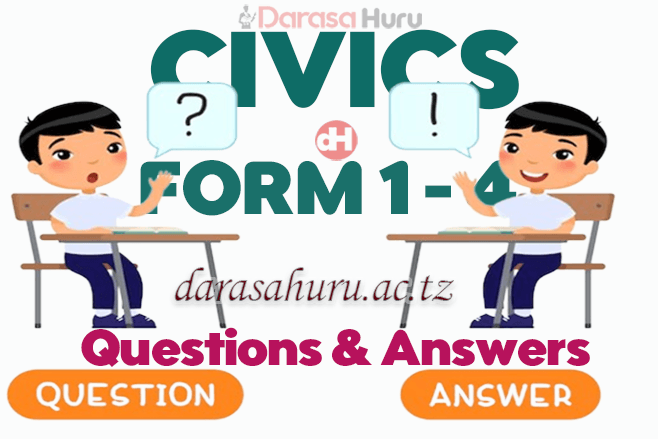



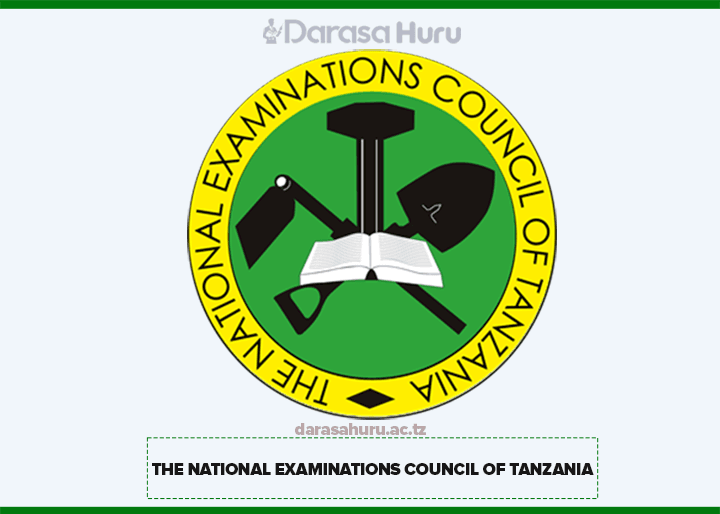




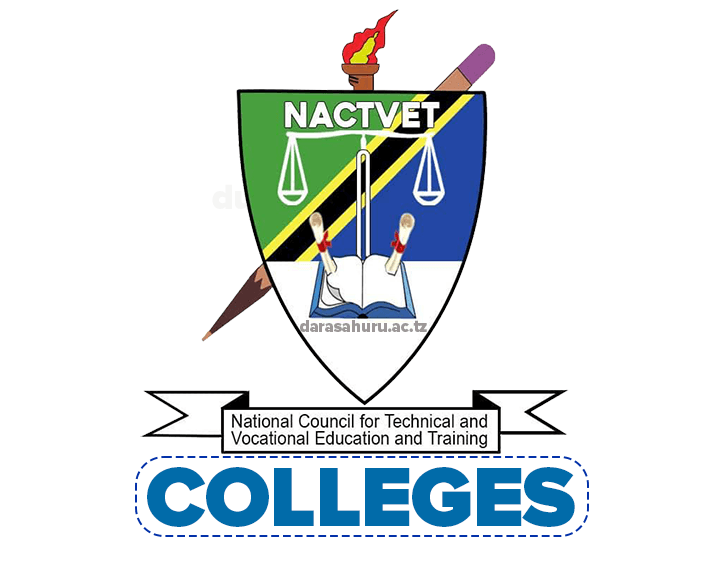

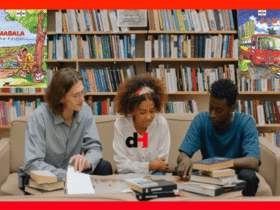













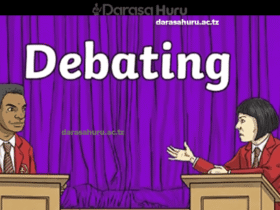

Leave a Reply